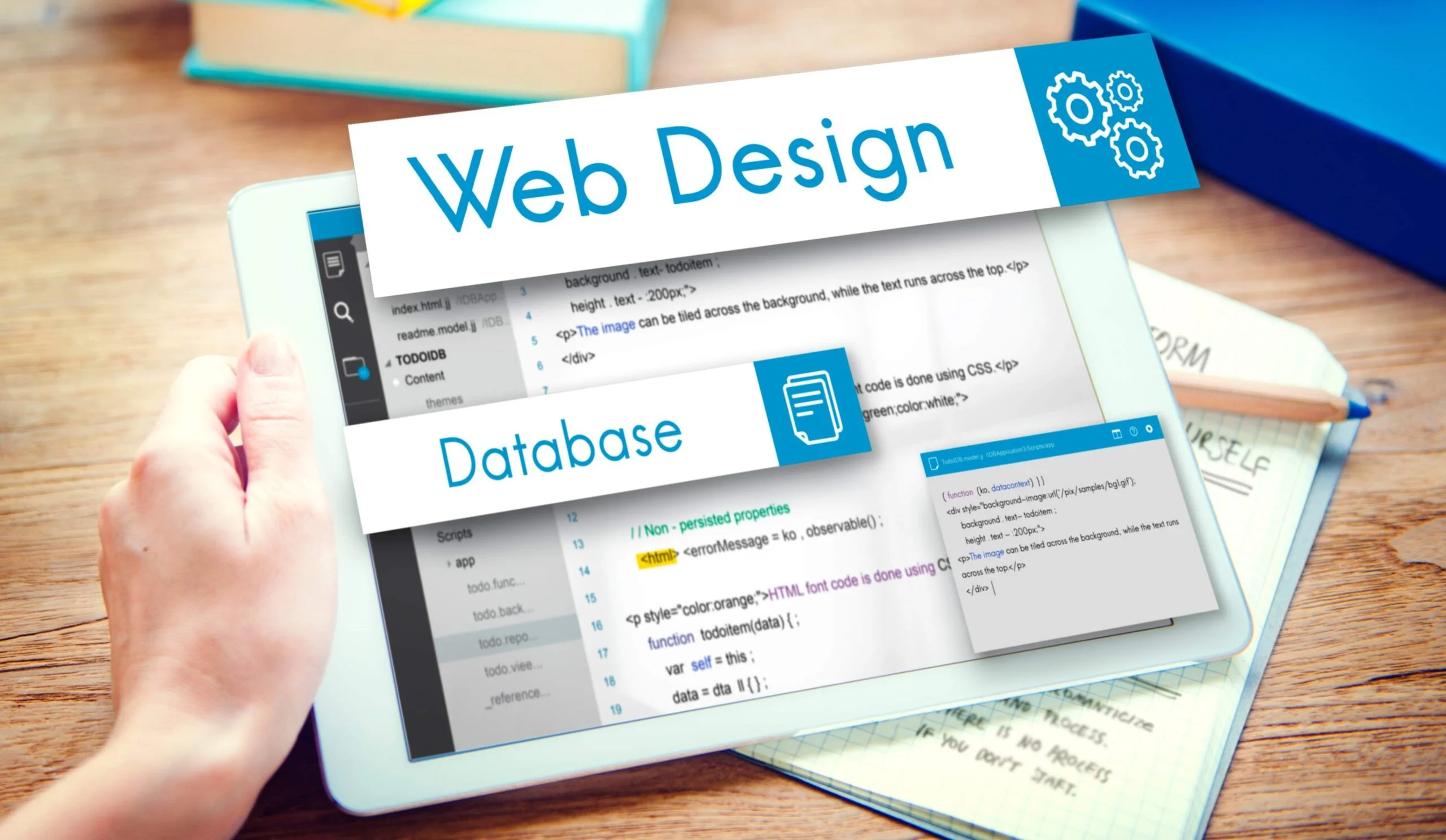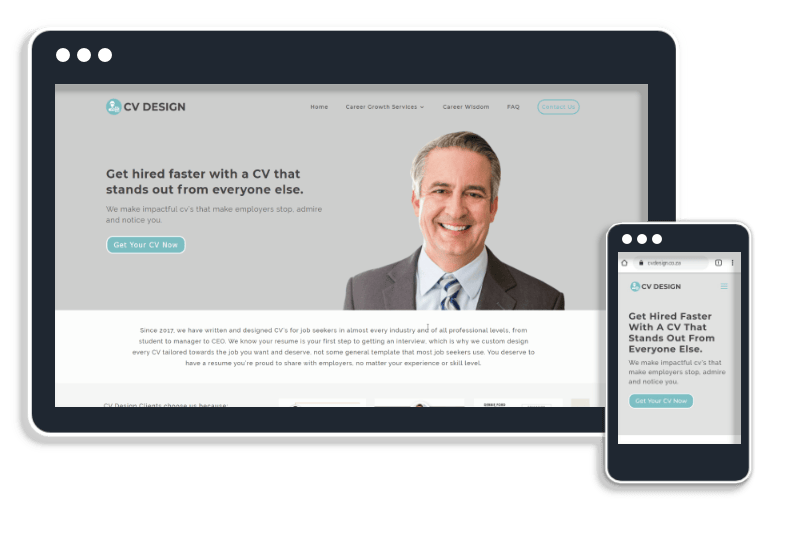Finest Practices for Developing User-Friendly Website Design
In the ever-evolving landscape of web style, establishing an easy to use user interface is extremely important for involving audiences and driving conversions. As we discover these foundational principles, it comes to be clear that efficient user experience style not just fulfills individual expectations however likewise sets the phase for much deeper interaction.
Simplify Navigating
A structured navigating system is necessary for boosting customer experience on any kind of site. Reliable navigating allows customers to find the information they seek promptly and easily, thus minimizing irritation and raising the possibility of interaction. A clear layout that classifies content practically is extremely important; customers ought to intuitively understand where to click for particular info.
Employing a simple high-level navigating bar, complemented by drop-down menus for subcategories, aids in maintaining an organized framework. It is vital to restrict the number of main navigating links to stay clear of overwhelming individuals; usually, 5 to 7 choices are optimum. In addition, utilizing descriptive labels boosts clearness, making it possible for customers to determine the content of each section at a glance.
Including a search feature better improves the navigation experience, especially for content-rich internet sites. This feature equips customers to bypass typical navigating courses when seeking particular info. Constant layout components throughout all web pages strengthen knowledge, permitting customers to browse with self-confidence.
Maximize for Mobile

Firstly, take on a receptive style method that automatically changes the layout and content based upon the display size. This adaptability makes sure that individuals have a regular experience throughout devices. Next off, focus on touch-friendly interfaces by making certain links and switches are quickly clickable, reducing the need for zooming.
In addition, think about the importance of succinct material presentation. Mobile individuals frequently look for quick info, so employing methods like retractable food selections or accordions can boost functionality without frustrating the user. In addition, guarantee that font styles are readable, and photo sizes are maximized for faster loading.
Last but not least, test your site on various smart phones and operating systems to determine potential concerns. By attending to these aspects, you will produce an instinctive mobile experience that keeps individuals involved and encourages them to explore your offerings even more - Web Design Pretoria. Focusing on mobile optimization is crucial for accomplishing an easy to use website design in an increasingly mobile-centric globe
Enhance Loading Speed
Filling rate is a crucial element that can considerably affect customer contentment and interaction on a site. Studies indicate that individuals expect web pages to fill in two seconds or less; beyond this threshold, the likelihood of abandonment find out raises drastically. Optimizing packing rate is necessary for retaining site visitors and improving overall website efficiency.
To boost loading rate, several best techniques need to be executed. Furthermore, leverage browser caching to store duplicates of files locally, making it possible for faster load times for returning site visitors.

Usage Constant Layout Aspects
Developing a cohesive aesthetic identification is vital for boosting individual experience on a site. Consistent layout elements, consisting of color pattern, typography, switches, and format structures, produce a unified appearance that blog helps customers browse easily. When users experience acquainted patterns and designs, their cognitive tons is lowered, enabling them to concentrate on material rather than analyzing varying style elements.
Utilizing a standardized shade combination reinforces brand name acknowledgment and cultivates a psychological link with individuals. Preserving consistent typography-- such as font styles, dimensions, and weights-- makes certain readability and adds to a refined appearance. Additionally, consistent button designs and interactive components assist customers without effort via the website, boosting use.
In addition, a cohesive design helps establish an arranged circulation of info, making it simpler for users to find and digest material. Each web page must reflect the exact same style concepts to stop confusion and disorientation.
Prioritize Availability
A natural aesthetic identification not just enhances navigation however also establishes the phase for prioritizing access in internet layout. Ease of access guarantees that all customers, including those with impairments, can browse and interact with a site properly. To achieve this, web designers should comply with established standards, such as the Web Material Availability Guidelines (WCAG)
Carrying out features like alt message for photos, key-board navigability, and proper color contrast can considerably improve the individual experience for people with aesthetic, auditory, or cognitive disabilities. It is vital to use semantic HTML to framework material logically, permitting assistive technologies to convey and interpret information properly to customers.
Moreover, offering numerous methods of involvement-- such as message alternatives for audio and aesthetic material-- can cater to diverse user demands. Normal functionality screening with participants that have handicaps can discover possible barriers that may not be instantly evident throughout the layout phase.
Ultimately, focusing on ease of access not only follows lawful requirements yet additionally widens the possible target market, promotes inclusivity, and improves overall site functionality (Web Design Pretoria). By embedding ease of access right into the design procedure, designers can develop a much more equitable electronic landscape for everybody
Final Thought

As we explore these foundational principles, it becomes clear that effective individual experience layout not just fulfills user expectations however also sets the stage for deeper interaction. Mobile customers frequently look for fast information, so employing strategies like collapsible menus or accordions can boost functionality without overwhelming the user. When users come across familiar patterns and styles, their cognitive tons is minimized, allowing them to focus on web content rather than deciphering differing style aspects.
In summary, applying finest methods for user-friendly web layout significantly improves the general user experience. Adhering to these guidelines fosters a positive partnership in between customers and digital systems, inevitably promoting individual fulfillment and retention.